Splash of Color: A Journey into Acrylic Art
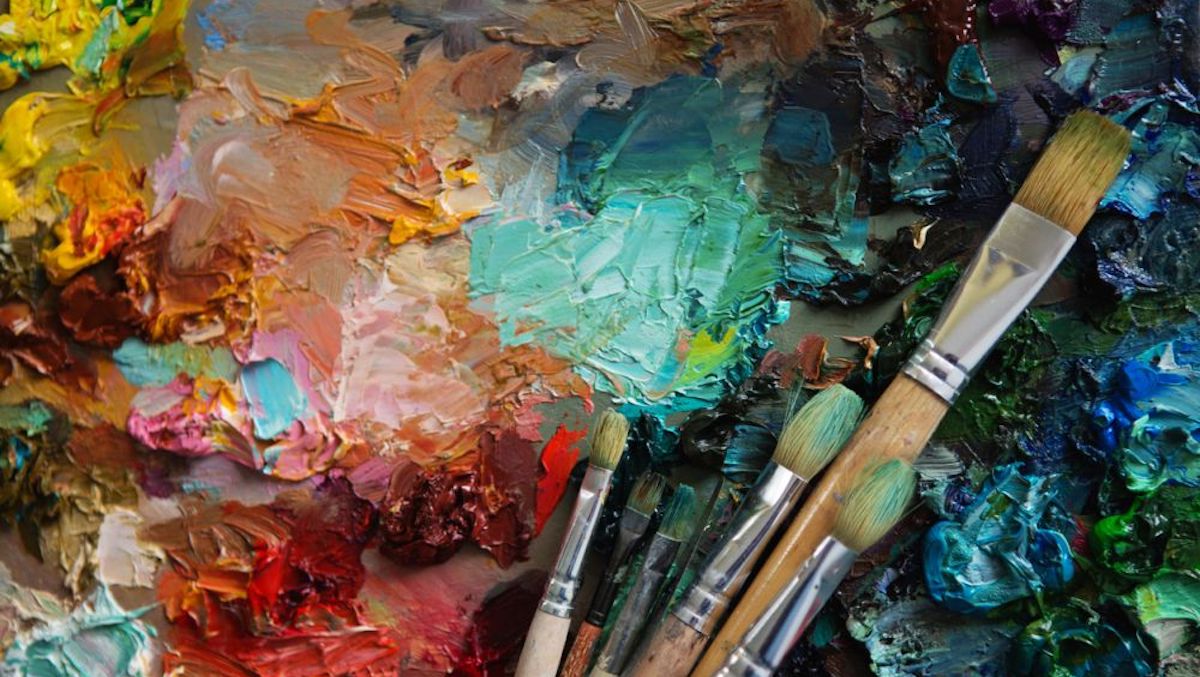
Summary
This is a guided journey through color theory basics, essential and life-oriented acrylic tools, foundational techniques, and hands-on painting exercises for beginners to create their own artworks.
Everyone is an artist, some people just haven’t found their brush yet.
Step 1: Introduction to color theory (3 minutes)
First, let’s take a look at this video to get a brief understanding of color theory.
If you find it difficult to follow, the following picture will also help you understand.
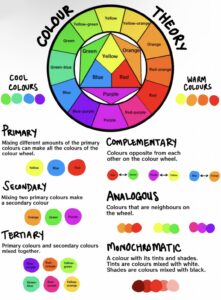
You can see color relationships more clearly on the color wheel (primary/secondary/tertiary/complementary/analogous)
https://online.maryville.edu/liberal-arts-degrees/the-art-of-color/
Now, if you have not yet decided on the color to use, you can first try the following websites.
https://coolors.co/
https://color.adobe.com/explore
https://paletton.com/
Now, you can choose any of the following pieces and try to say what colors are used, are there any contrasting or analogous colors?
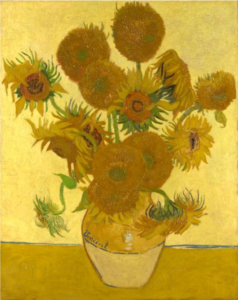 Sunflowers
SunflowersVincent van Gogh
1888
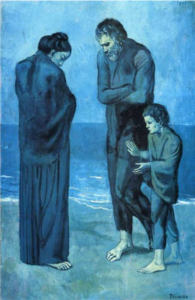
Pablo Picasso
1903
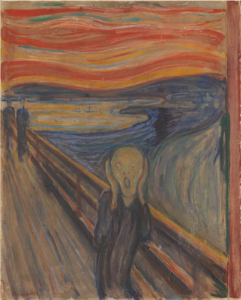
Edvard Munch
1893
Step 2: Acrylic painting materials introduction (2 minutes)
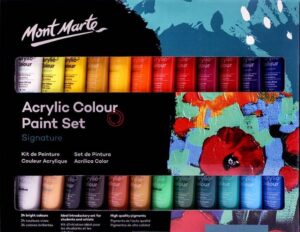
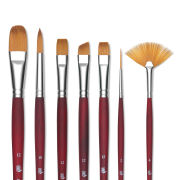


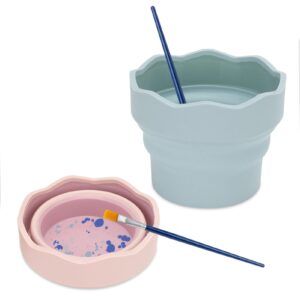

Tips: You can also choose some life-style materials, such as paper towels, toothbrushes, or sponges to create different textures.
If you want to learn more, please watch the video below.
Step 3: Basic Acrylic Painting techniques (3 minutes)
This video may be a little long, but just choose the effect you want. While watching the video, you can also start experimenting.
Step 4: Practice (12 minutes)
You can start with simple blocks of color. (Apply existing colors directly to the canvas, or try mixing some colors yourself) As shown in the pictures below.
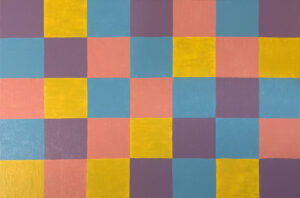
Color block 1
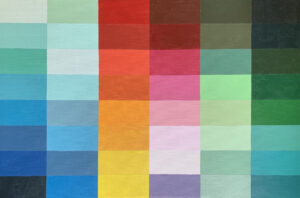
Color block 2

Example 1
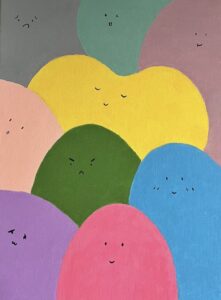
Example 2

Example 3
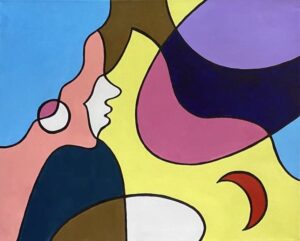
Example 4
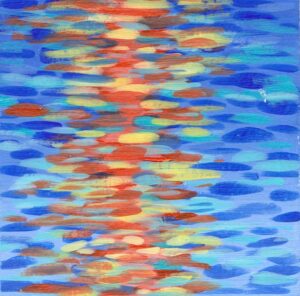
Example 5

Example 6
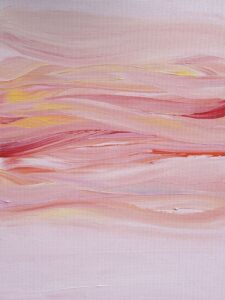
Example 7

Example 8
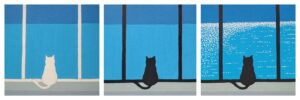
Tutorial 1
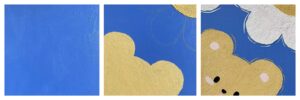
Tutorial 2
Just let the brush take you into the world of color and enjoy your own creative time !
When you have finished your work, you can share it on the Miro board below and also write down your questions.
https://miro.com/app/board/uXjVL9L3f08=/?share_link_id=269638471422
Splash of Color: A Journey into Acrylic Art © 2024 by Tianrui Li is licensed under CC BY-SA 4.0
Sunflowers © 1888 by Vincent van Gogh is licensed under CC BY-SA 4.0
The Tragedy © 1903 by Pablo Picasso is licensed under CC BY-SA 4.0
The Scream © 1893 by Edvard Munch is licensed under CC BY-SA 4.0
Color block 1 © 2024 by Tianrui Li is licensed under CC BY-SA 4.0
Color block 2 © 2024 by Tianrui Li is licensed under CC BY-SA 4.0
Example 1 © 2024 by Tianrui Li is licensed under CC BY-SA 4.0
Example 2 © 2024 by Tianrui Li is licensed under CC BY-SA 4.0
Example 3 © 2024 by Tianrui Li is licensed under CC BY-SA 4.0
Example 4 © 2024 by Tianrui Li is licensed under CC BY-SA 4.0
Example 5 © 2024 by Tianrui Li is licensed under CC BY-SA 4.0
Example 6 © 2024 by Tianrui Li is licensed under CC BY-SA 4.0
Example 7 © 2024 by Tianrui Li is licensed under CC BY-SA 4.0
Example 8 © 2024 by Tianrui Li is licensed under CC BY-SA 4.0
Tutorial 1 © 2024 by Tianrui Li is licensed under CC BY-SA 4.0
Tutorial 2 © 2024 by Tianrui Li is licensed under CC BY-SA 4.0


